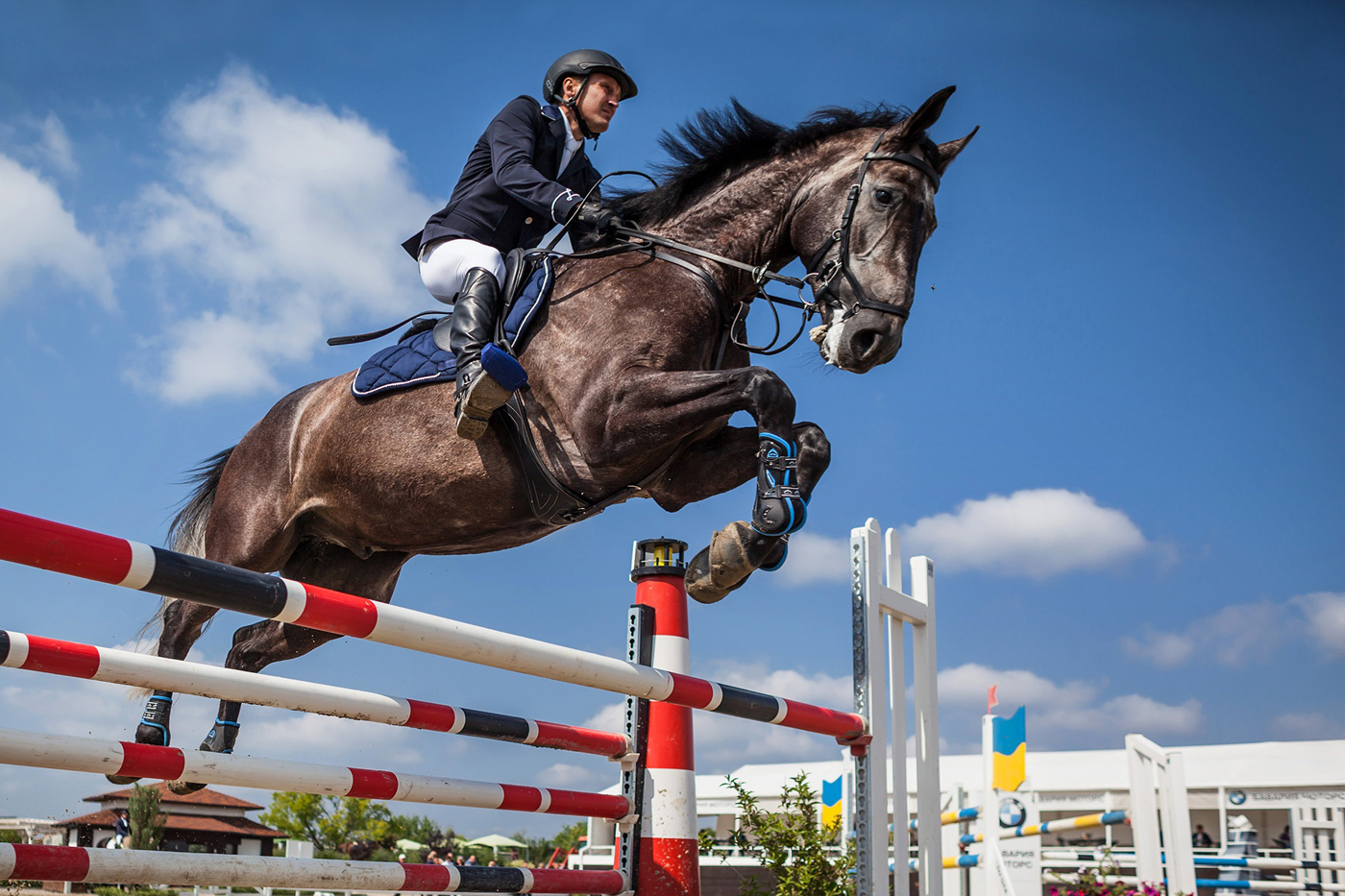Whether you’re new to the equestrian world or you have years of experience in the saddle, you’ll know that horse riding can be a great form of exercise and a super-fun way to stay in shape.
According to The British Horse Society, you can count your horse-related happenings as moderate to high energy exercise (depending on what it is you’re doing) – great news if you want your hobby to help you lose weight or tone up.
While there are plenty of pros to horse riding – improved physical health being just one of them – there can also be some risks. That’s why it’s so important to have proper horse rider insurance in place before you set off for a hack around the hills.
What are the health benefits of horse riding?
Physical exercise
So you’ve heard the good news; handling horses counts as exercise! Whilst we’re not saying you need to throw away your gym membership just yet, you can definitely burn some major calories if you’re riding or looking after your horse just a few times a week.
You could be looking at impressive benefits like improved core strength, muscle tone and posture, not to mention the social and psychological advantages. Depending on the activity, you might also be getting a pretty decent cardio workout, too.
Just because you’re sitting on a horse and they appear to be doing most of the work, doesn’t mean you’re not active too. You’ll certainly find that after a few hours of riding, you’re tired and it will definitely feel as though you’ve done physical exercise. Horse riders have to use their core stability and strength in order to stay on the horse and control its movements. Let’s delve a little into what core strength is required.
Core strength and posture
One question a lot of people ask is whether horse riding tones your body. There are many muscle groups involved in adequately riding, most of all your core -– abdomen and back. These are the main muscles involved in controlling your horse; slowing down and stopping require you to sit up tall, contract your abs and ground yourself. That’s not to mention when you’re trying to steer your steed left or right or in a figure eight; the tension in your sides can lead to some seriously toned obliques.
This is all while you’re doing the basic moves, too – you’ll be working your core a lot more if you’re showjumping or eventing. This is because your abs do a lot of the work as you lean forward and straighten back up over each jump. Your core is your anchor when it comes to horse riding and it will certainly improve if you’re a regular rider, along with your posture and coordination.
Along with an improved core, expect to see some extra definition in your thighs if you’re thinking about taking riding up as a hobby. Your quads are another main muscle group that takes the brunt of your weight and help a lot with stability when you’re riding. Gentle thigh squeezes and calf movements are what communicates what you’re thinking to your equine and how it should move next.
Coordination, balance and stability
If you’re investing your time into owning, training or just loaning a horse, you could find your coordination and balance also greatly increase. And with better balance and coordination, comes better stability, too.
When you’re riding at a gentle walking pace it’s not so much of an issue, as long as you know your hands and feet are in the right place. Trouble can arise when you pick up speed and start to tackle manoeuvres. If your horse darts right without warning, you need to know instinctively which way to move so your body stays centred and you can bring your buddy back in line.
Regular lessons and rides build your total body coordination, making sure your arms and the pressure on your reins, leg pressure and body are all working in sync to guide the pony beneath you. You’ll soon find your centre of gravity when you’re on top and you’ll learn how to move in harmony with your horse, maintaining stability and balance – no matter what the challenge.
Unfortunately, you’re not always going to be on your best form and accidents can and do happen, that’s why horse rider insurance is essential for anyone, whether they’re an old hat or new to the saddle.
More experienced riders can still improve their stability and coordination by trying out bareback riding – taking away the saddle makes a big difference. Your centre of gravity will change again and you’ll find new coordination and balance challenges to overcome without stirrups keeping your feet in place.





